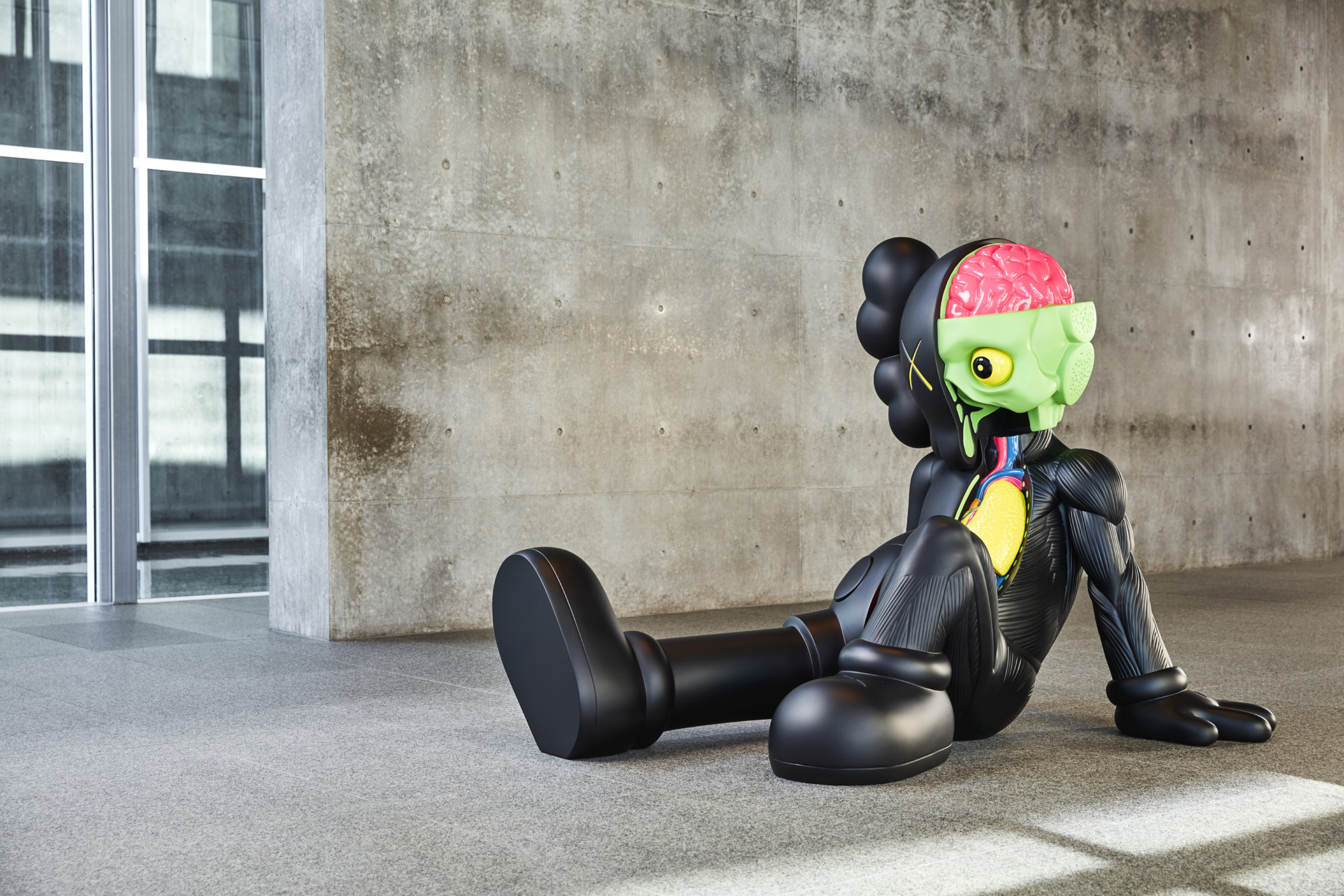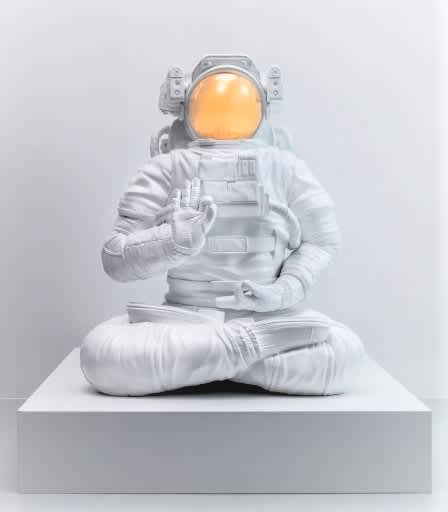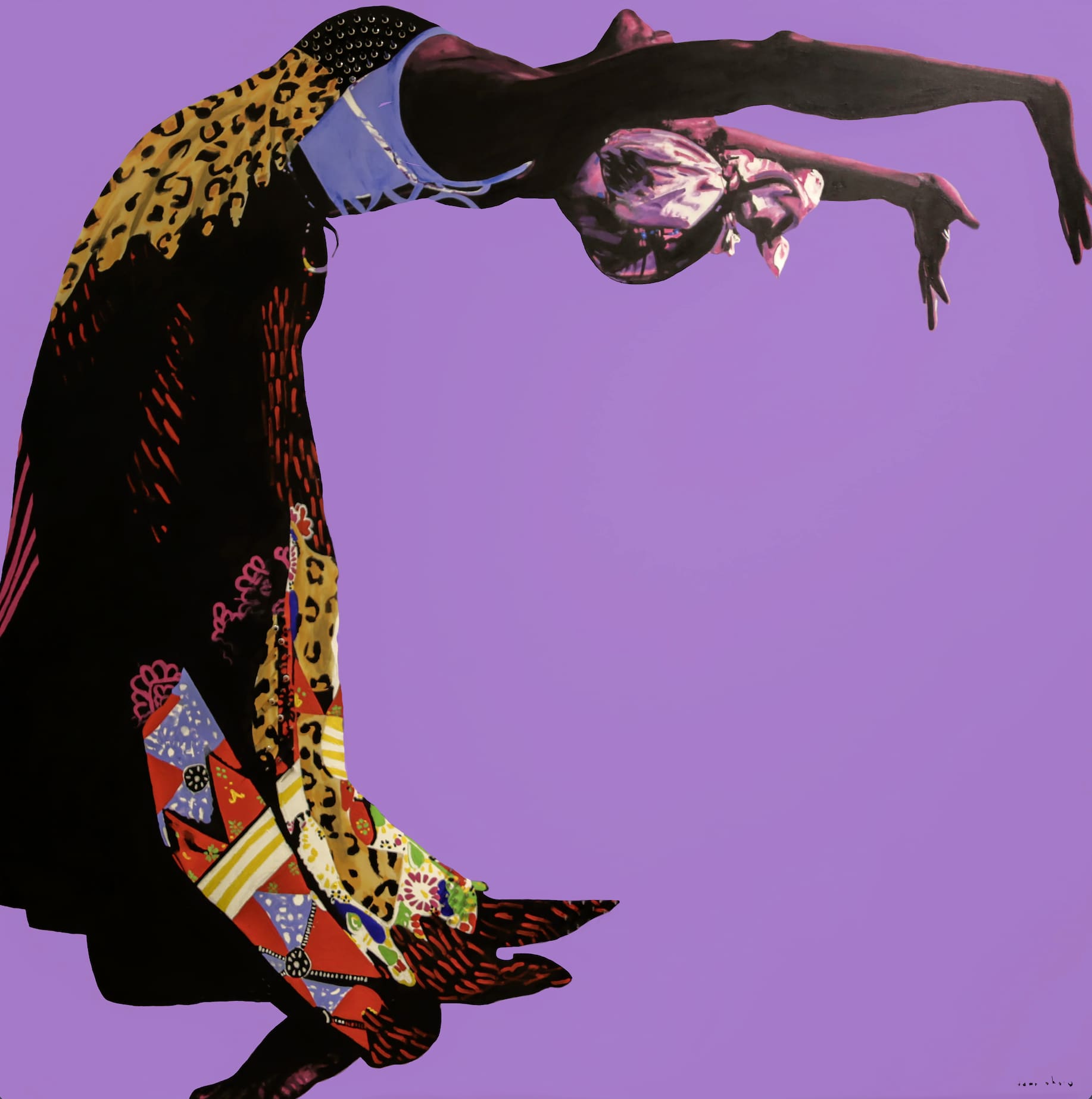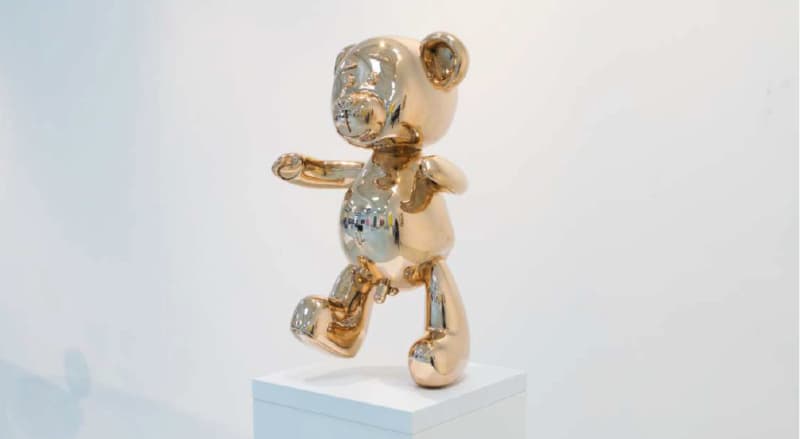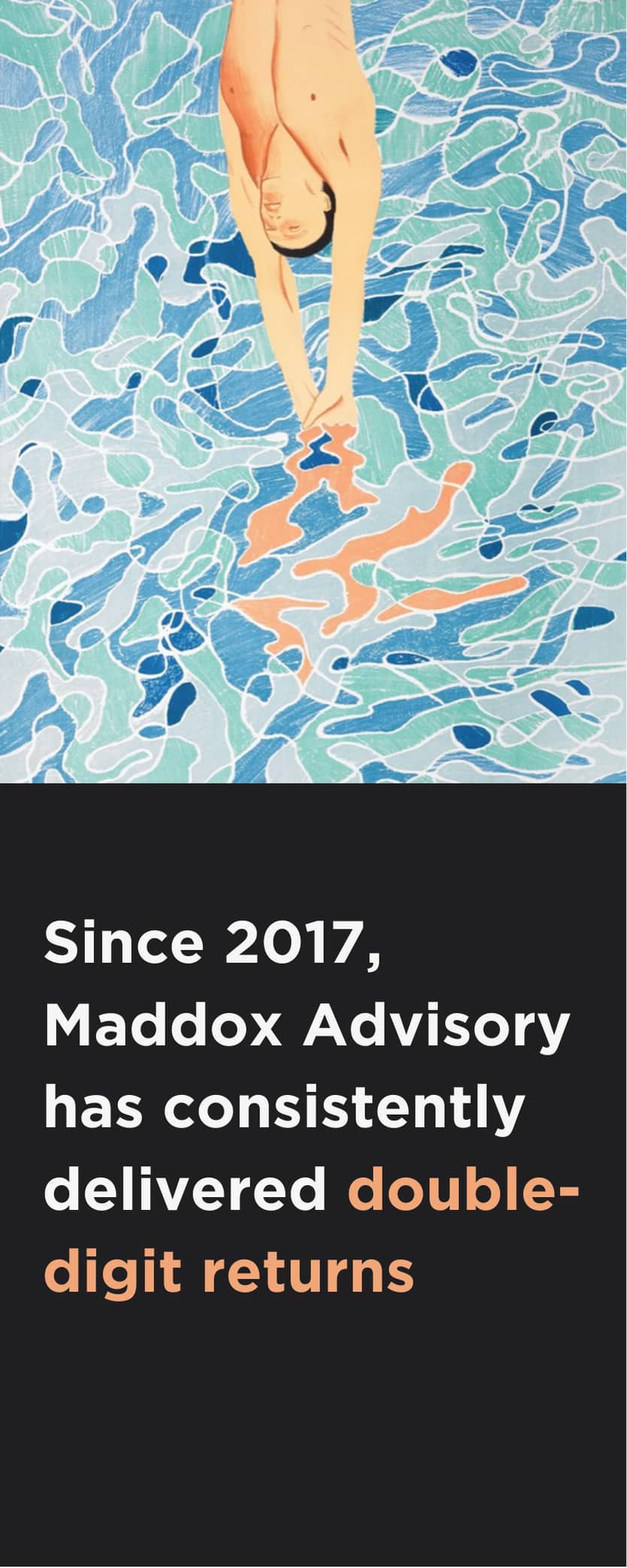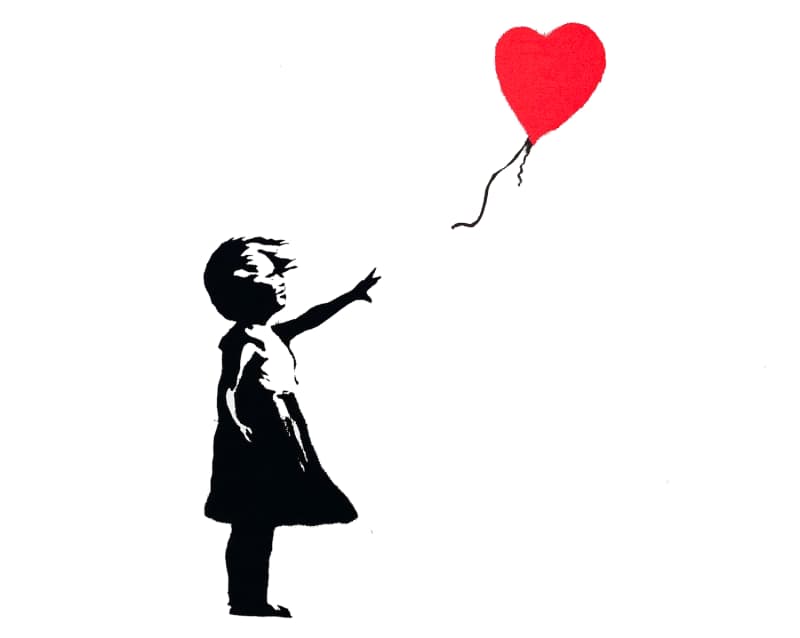From utilising the limitless creativity of the art world to outlining the importance of emerging artists, we talk to Maddox CEO John Russo about how to curate the perfect art portfolio.
Much like any collection or portfolio, when it comes to collecting art it is important to acquire a varied and balanced range of works. Whether drawn to a certain medium or finding yourself unsure on what genre to explore next, we sat down with Maddox CEO John Russo to discuss everything you need to know about achieving an art collection that can be rewarding both emotionally and financially.
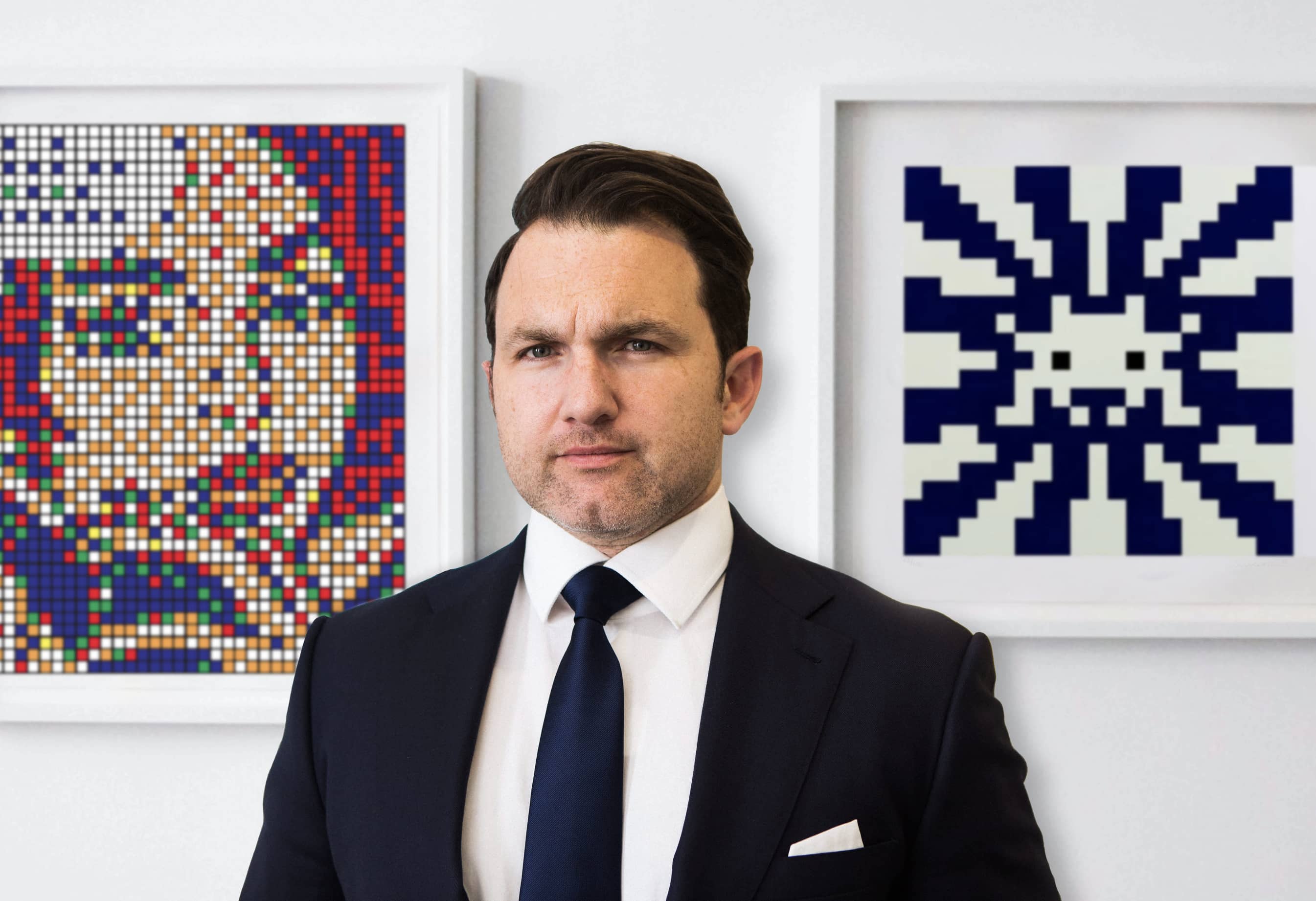
IMAGE OF JOHN RUSSO, CEO OF MADDOX
Choose a few key works by established artists to anchor your collection.
“At the core of every balanced art portfolio lies two or three key works. In most cases, these works are the most expensive in a collection and are often executed by artists with blue-chip status”.
Well-recognised and established, the stability of the market for blue-chip artwork adds a certain security and longevity to a portfolio. Safeguarded against general economic conditions, blue- chip artwork is expected to hold or rise in value. However, the rewards for acquiring a work of this status are not just financial.
Russo explains that “blue-chip is a ranking only bestowed upon the most prominent artists of our time” and as a result, “their works become essential parts of art history”. Street art legends like Haring and Basquiat or pioneers of pop like Lichtenstein and Warhol came to define their eras and their blue-chip status is an indicator that their art will long be cherished for its historical significance and iconic aesthetic.
Explore other mediums including prints, painting and sculpture.
“The world of art is unlimited so don’t restrict yourself to a single medium”.
From prints and paintings to sculpture and photography, the physical formation of art is always shifting. Russo notes that “it can be easy to stick to what you know but it is important take a chance and try something new”.
Whether you are an established or aspiring collector, each artistic medium has its own unique advantages which can help diversify a collection. For example, limited edition prints can be an excellent way to start your collecting journey as they often have a more affordable price point than unique works on canvas. Prints can also provide a certain liquidity to a collection as there is always high demand in the market for artwork with a lower price point. Acquiring a ceramic or sculptural work is also a great way to develop a collection as it adds both figurative and literal depth to a portfolio, whilst promising a new way to enjoy art in your home.
JOSEPH KILBANSKY, WHITE UNIVERSE, 2019
Never limit yourself to one genre.
“By restricting yourself to a singular genre, you are missing out on the dynamic landscape of the art world”.
Trends and tastes are everchanging and while preference often perseveres, it can be healthy to challenge yourself to appreciate new styles and genres.
“Over the past ten years”, Russo explains, “there has been a renaissance in the appreciation of street art. Catalysed by the rise of anonymous street artist Banksy, every critic and collector is now looking for the next up and coming urban artist. Yet, a mere twenty years ago, no collector would have considered collecting the genre seriously”.
The unparalleled fluidity of trends within the contemporary art market, as well as the limitless creative potential of artists, means that innovative works and new genres are always being created. By confining yourself to one category of art, you miss out on the infinite creativity inherent in the art market.
INVADER, WARNING INVADER, 2011
Support emerging artists.
“Part of the beauty of collecting art is following and supporting emerging artists; buying art purely for its aesthetic value and watching that artist develop with time”.
As emerging artists have not yet established themselves within the market, their work is much more affordable than that of blue-chip or well-known artists. As a result, collectors often buy work from artists early on in their career purely for its aesthetic appeal. In addition to this many collectors simply acquire new artists for the satisfaction and reward of watching an artist grow as they transition from an unknown name to exhibiting internationally.
However, Russo notes that the benefits of collecting young artists can be economic too. “There can be a massive financial pay-off from investing in emerging artists, especially with how quickly artists are beginning to rise to fame from obscurity. Not only are emerging artists the very lifeblood of the art market but also the most successful and fruitful collections of art around the world have relied upon the advantages of collecting emerging artists”.
